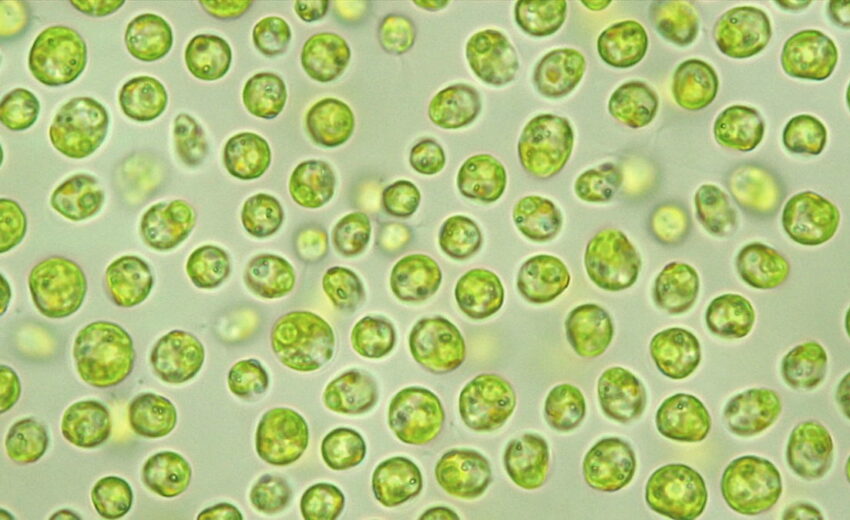Algae and Climate Change - Carbon Dioxide Sequestration
Algae are photosynthetic organisms that have the ability to convert atmospheric carbon dioxide (CO2) into organic compounds through the process of photosynthesis. This makes algae a potentially valuable tool in the fight against climate change, as they have the ability to capture and store carbon in a renewable and sustainable way. In this blog post, we will explore how algae may be used to help with CO2 mitigation and how it could be economically feasible.
Using Algae for CO2 Mitigation
Algae can be grown in a variety of settings, including ponds, tanks, and bioreactors, and can be fed a variety of carbon sources, including CO2 from industrial emissions. When algae are grown using industrial CO2 emissions, they are effectively capturing and sequestering carbon that would otherwise be released into the atmosphere.
The process of using algae for CO2 mitigation is relatively simple. Industrial emissions are piped into the algae cultivation system, where the algae use the CO2 to grow and produce biomass. Once the algae have reached maturity, they can be harvested and processed into a variety of products, including biofuels, animal feed, and fertilizer. This process effectively captures and stores carbon in the biomass, removing it from the atmosphere and providing a valuable resource that can be used for a variety of purposes.
Economic Feasibility of Algae-Based CO2 Mitigation
One of the main challenges of using algae for CO2 mitigation is the cost. While the technology for using algae to capture and store carbon is available, it is still relatively expensive compared to other forms of carbon capture and storage. However, there are several ways in which the economics of algae-based CO2 mitigation can be improved.
One way to improve the economics of algae-based CO2 mitigation is through the use of carbon credits. Carbon credits are a mechanism that allows companies to offset their greenhouse gas emissions by investing in carbon reduction projects. Algae-based CO2 mitigation projects can generate carbon credits that can be sold on the carbon market, providing an additional revenue stream that can help to offset the cost of the technology.
Another way to improve the economics of algae-based CO2 mitigation is through the development of high-value products that can be produced from algae biomass. For example, algae can be used to produce biofuels, which are a valuable commodity that can be sold on the market. In addition, algae biomass can be used to produce animal feed and fertilizer, providing additional revenue streams that can help to offset the cost of the technology.
Finally, the use of algae-based CO2 mitigation can also provide economic benefits by creating jobs and stimulating economic growth in the areas where the technology is implemented. Algae cultivation and processing can create jobs in agriculture, biotechnology, and other related industries, providing a boost to the local economy.
Conclusion
Algae have the potential to play a significant role in the fight against climate change by capturing and storing carbon in a renewable and sustainable way. While the technology for using algae for CO2 mitigation is still relatively expensive, there are several ways in which the economics of the technology can be improved. The use of carbon credits, the development of high-value products from algae biomass, and the creation of jobs and economic growth in the areas where the technology is implemented are all ways in which the economics of algae-based CO2 mitigation can be made more feasible. By incorporating these strategies, we can harness the power of algae to help mitigate the effects of climate change and move towards a more sustainable future.







